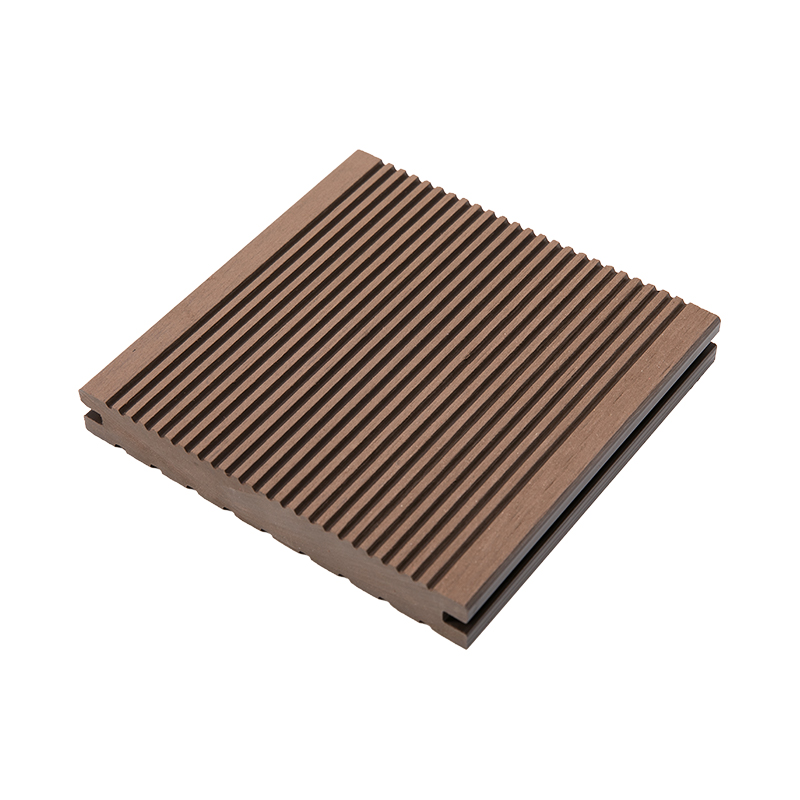WPC decking is known for its excellent moisture and water resistance compared to traditional wood decking. The key to its water-resistant properties lies in the combination of wood fibers and plastic polymers in the composite material. Here's how WPC decking handles moisture and water resistance:
Non-Porous Material: The plastic component in WPC decking prevents water from being absorbed into the material. Unlike natural wood, which can absorb water and swell, WPC remains relatively unaffected by water.
Reduced Cracking and Splintering: WPC decking is less prone to cracking and splintering, which can be caused by repeated exposure to moisture. This characteristic makes it safer and more comfortable for barefoot walking.

Mold and Mildew Resistance: WPC decking resists mold and mildew growth, thanks to the plastic content, which provides a less hospitable environment for these microorganisms to thrive.
Rot and Decay Resistance: The plastic component in WPC decking makes it highly resistant to rot and decay, ensuring the longevity of the material even when exposed to moisture over time.
Surface Coatings: Some WPC decking products may come with additional surface coatings that enhance water resistance further. These coatings can create a protective barrier against moisture infiltration.
Proper Drainage: While WPC decking can handle moisture well, it is still essential to ensure proper deck design and installation to allow for adequate water drainage. This prevents water from pooling on the surface, which could potentially lead to issues.

